Myths about teaching can hold you back
- Year 1
- Year 1
Animal structure
I can describe and compare the structure of common animals.
These resources will be removed by end of Summer Term 2025.
Switch to our new teaching resources now - designed by teachers and leading subject experts, and tested in classrooms.
These resources were created for remote use during the pandemic and are not designed for classroom teaching.
Lesson details
Key learning points
- Different animals have different parts to their bodies.
- The parts of an animal's body is called its structure.
- Different body parts help animals to do different things.
- An animal can be described based on its structure.
- Animals can be compared and put into groups based on their structure.
Keywords
Animals - An animal is a living thing which moves and eats other animals or plants.
Body parts - Body parts are the different parts that make up the body of an animal.
Structure - The structure of an object is how it is formed.
Describe - To say or write what someone or something is like.
Compare - We compare things by looking at what is the same and what is different.
Common misconception
Children may think that all animals have the same body structure, e.g. four legs.
Examples of different structures, e.g. fish, birds, that clearly show that not all animals look similar or have the same body structure.
To help you plan your year 1 science lesson on: Animal structure, download all teaching resources for free and adapt to suit your pupils' needs...
To help you plan your year 1 science lesson on: Animal structure, download all teaching resources for free and adapt to suit your pupils' needs.
The starter quiz will activate and check your pupils' prior knowledge, with versions available both with and without answers in PDF format.
We use learning cycles to break down learning into key concepts or ideas linked to the learning outcome. Each learning cycle features explanations with checks for understanding and practice tasks with feedback. All of this is found in our slide decks, ready for you to download and edit. The practice tasks are also available as printable worksheets and some lessons have additional materials with extra material you might need for teaching the lesson.
The assessment exit quiz will test your pupils' understanding of the key learning points.
Our video is a tool for planning, showing how other teachers might teach the lesson, offering helpful tips, modelled explanations and inspiration for your own delivery in the classroom. Plus, you can set it as homework or revision for pupils and keep their learning on track by sharing an online pupil version of this lesson.
Explore more key stage 1 science lessons from the Naming and grouping animals unit, dive into the full primary science curriculum, or learn more about lesson planning.

Equipment
Images on slide deck / worksheet to label, describe and sort.
Content guidance
- Exploration of objects
Supervision
Adult supervision recommended
Licence
Prior knowledge starter quiz
6 Questions
Q1.Which of these animals is a fish?
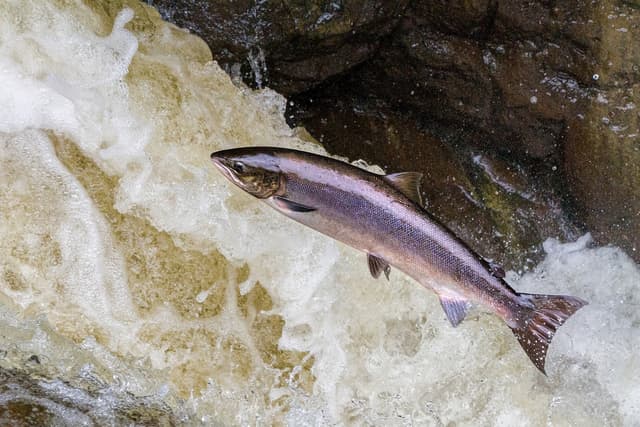
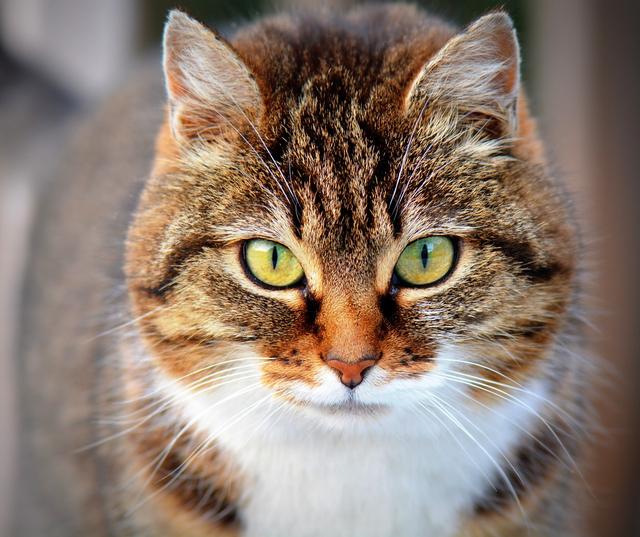
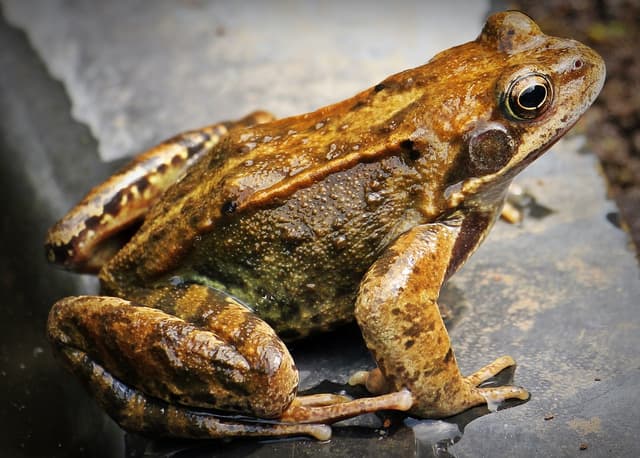
Q2.Which of these animals is an amphibian?
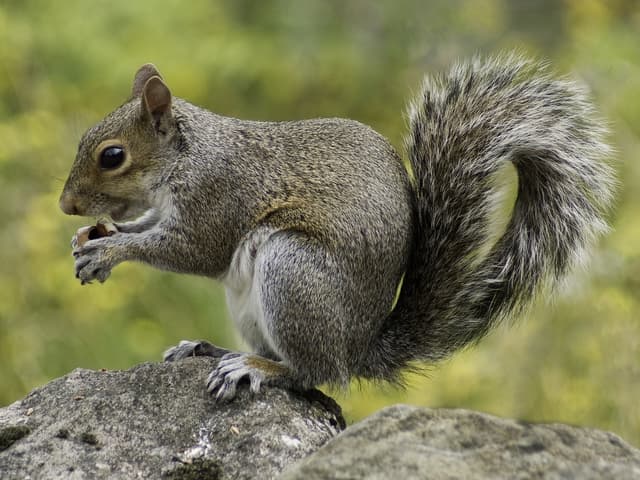
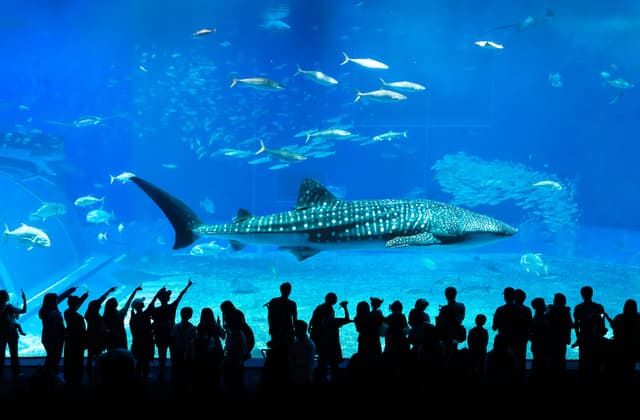
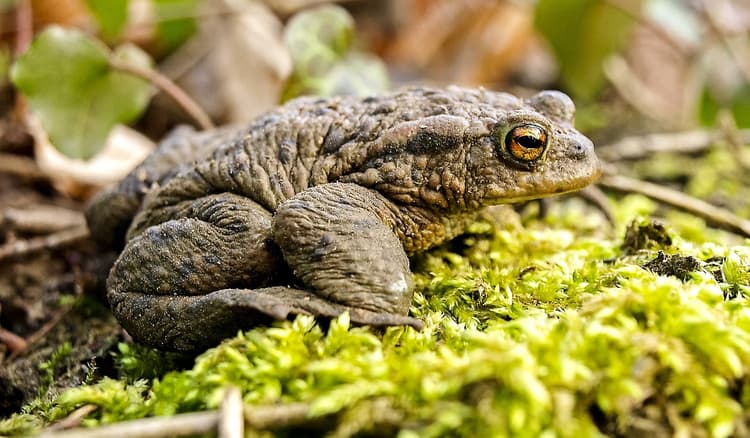
Q3.True or false? Amphibians have scales on their bodies.
Q4.What is the name of this fish?
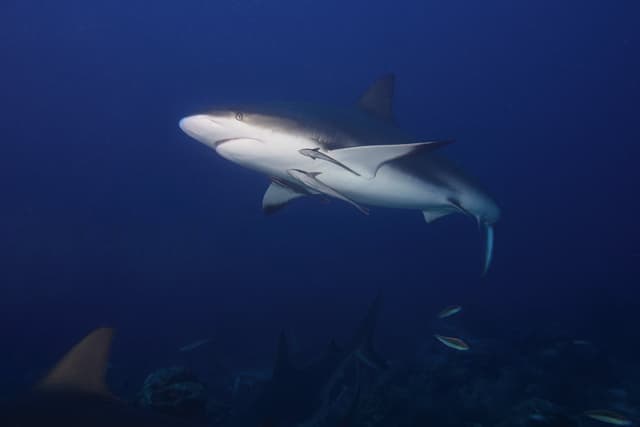
Q5.Which statement is true?
Q6.Which of the following animals are amphibians?

Assessment exit quiz
6 Questions
Q1.True or false? Different animals have different parts to their bodies.

Q2.The parts of an animal's body are called its ...
Q3.Which of these animals has four legs?
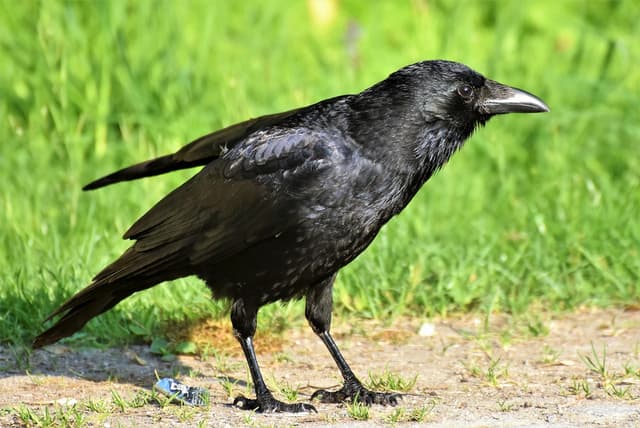
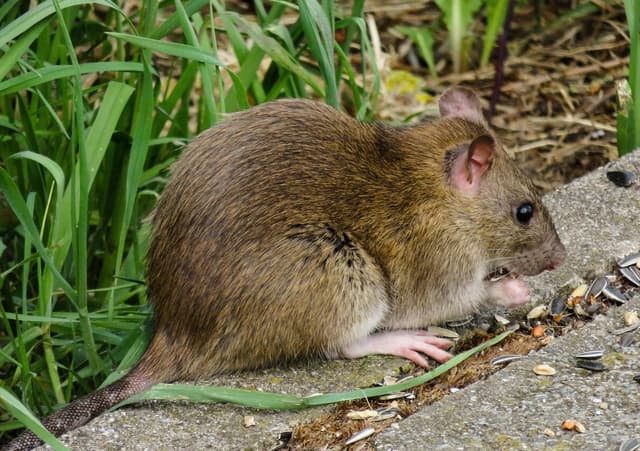
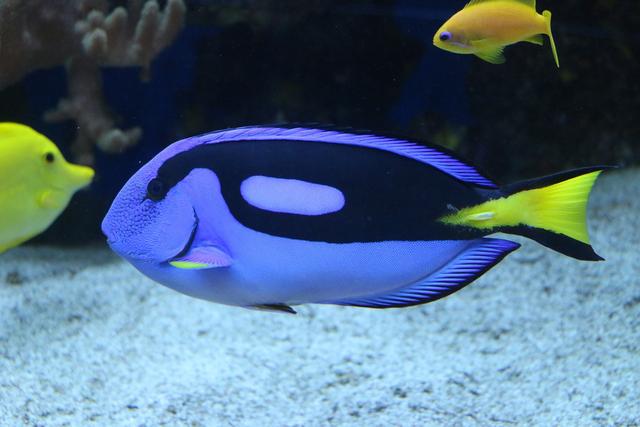
Q4.Which of these animals has scales?
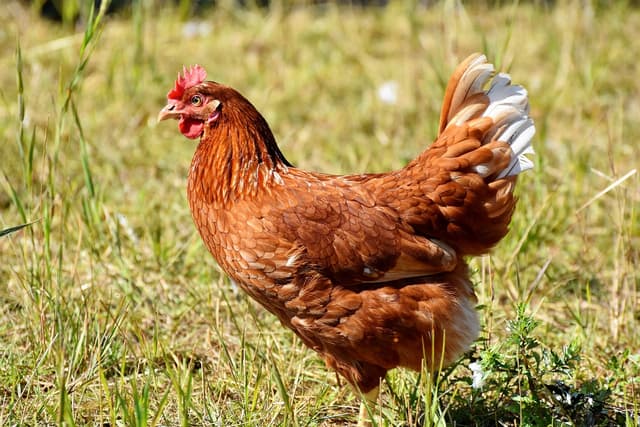

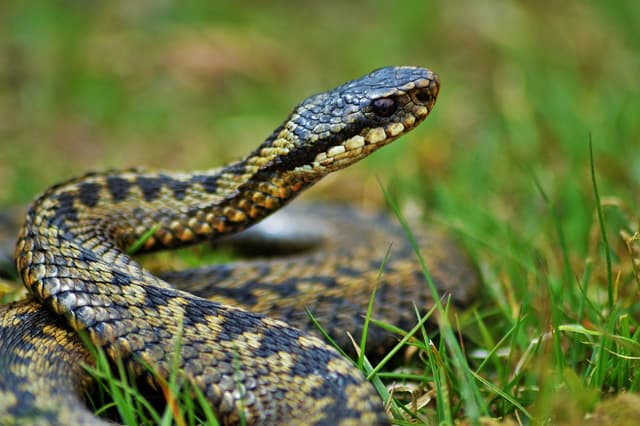
Q5.Different body parts help animals to do different things. Match its animal to its body part.

long neck to help it eat leaves in trees
long legs to help it jump
gills so it can breathe underwater
Q6.Lucas has sorted some animals by their structure, into those with feathers and those without feathers. Can you spot which animal is in the wrong group?



